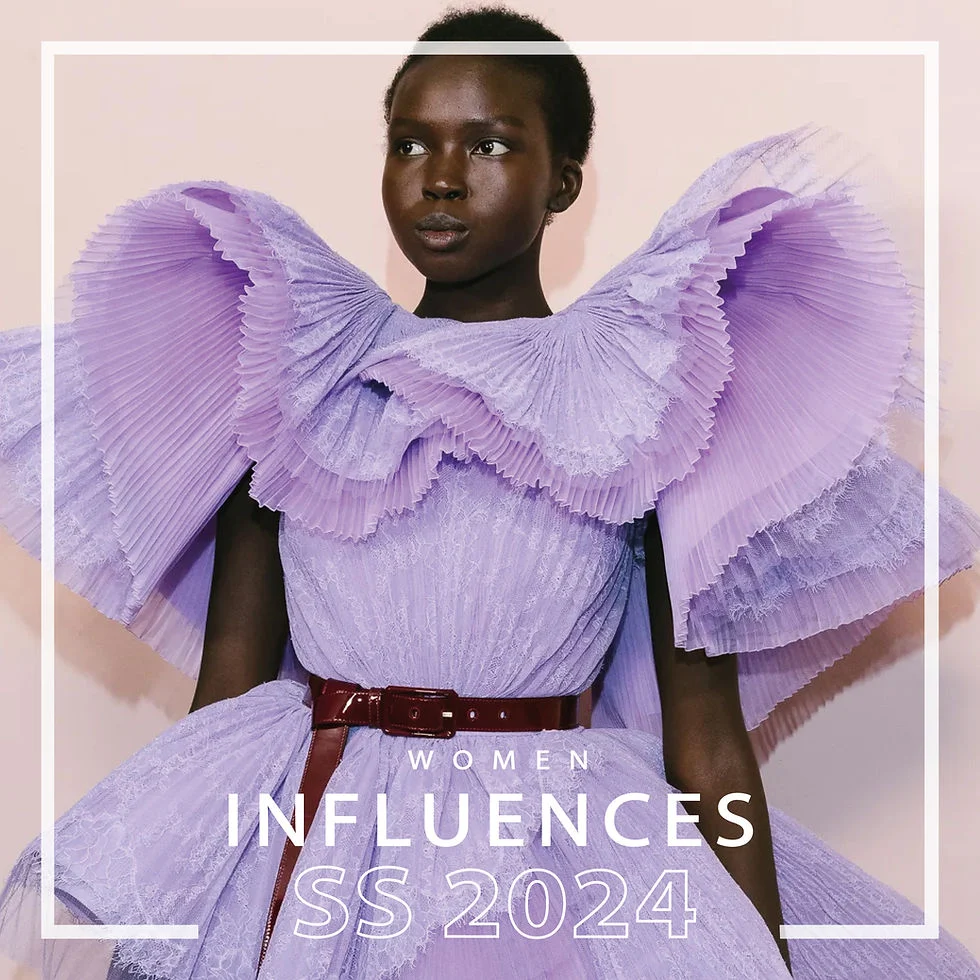Technology has significantly impacted the fashion design industry, revolutionizing the way designers create, produce, and market their designs. The use of advanced software and 3D printing has transformed the design process, allowing for more precise and efficient creation of garments. Additionally, social media and e-commerce platforms have provided designers with new avenues to showcase and sell their designs to a global audience. As a result, the traditional methods of fashion design have been reshaped by the integration of technology, leading to a new era of creativity and innovation in the industry.
The influence of technology on fashion design has sparked a wave of curiosity and interest among industry professionals and fashion enthusiasts alike. From virtual fashion shows to digital clothing and wearable technology, the intersection of technology and fashion has opened up a world of possibilities for creative expression and sustainability in the industry. As designers continue to experiment with cutting-edge technologies such as augmented reality and artificial intelligence, the boundaries of traditional fashion design are continuously being pushed, leading to a redefinition of what is possible in the realm of fashion.
Impact of Technology on Fashion Design
Technology has significantly transformed the fashion design industry, revolutionizing the way designers create, produce, and market their collections. The integration of advanced software and digital tools has streamlined the design process, allowing for more efficient pattern making, prototyping, and even virtual fashion shows. With the advent of 3D printing, designers can now explore innovative and complex designs that were previously impossible to achieve with traditional methods.
Furthermore, technology has also influenced sustainable practices in fashion design, with the development of eco-friendly materials and production techniques. The use of virtual reality and augmented reality has also provided new opportunities for immersive shopping experiences and interactive fashion presentations, blurring the lines between the digital and physical worlds.
Advancements in Textile Technology
The advancements in textile technology have had a profound impact on the fashion industry, allowing for the creation of smart fabrics, performance-enhancing materials, and sustainable textiles. Nanotechnology has enabled the development of fabrics with unique properties, such as self-cleaning capabilities and temperature regulation. Additionally, the integration of wearable technology has given rise to garments that can monitor biometric data, provide haptic feedback, and even generate energy.
Moreover, the use of 3D knitting and weaving machines has revolutionized the production process, reducing waste and enabling on-demand manufacturing. These technological advancements have not only expanded the creative possibilities for designers but also contributed to the development of functional and environmentally conscious clothing.
Virtual Design Tools and Software
The introduction of virtual design tools and software has transformed the way fashion designers conceptualize and develop their collections. Computer-aided design (CAD) software allows designers to create intricate digital sketches, manipulate patterns, and visualize garments in a virtual space. This not only expedites the design process but also facilitates collaboration between designers, manufacturers, and retailers across the globe.
Furthermore, the use of virtual prototyping and simulation software has minimized the need for physical samples, reducing material waste and production costs. Virtual reality design platforms have also enabled immersive design experiences, where designers can create and interact with their collections in a simulated environment, fostering creativity and innovation.
E-Commerce and Digital Marketing
The rise of e-commerce and digital marketing has reshaped the fashion industry, providing designers with new avenues to showcase and sell their creations. Online platforms and social media have become integral tools for promoting and distributing fashion collections, reaching a global audience instantaneously. The use of data analytics and artificial intelligence has also personalized the shopping experience, offering tailored recommendations and virtual try-on features.
Additionally, the integration of augmented reality in e-commerce has allowed consumers to visualize how garments would look and fit in real-time, enhancing the online shopping experience. The accessibility of fashion through digital channels has not only expanded the reach of designers but also challenged traditional retail models, paving the way for direct-to-consumer business strategies.
Sustainability and Ethical Practices
Technology has played a pivotal role in driving sustainability and ethical practices within the fashion industry. The development of blockchain technology has enabled transparent supply chains, allowing consumers to trace the origins of garments and verify ethical production processes. Moreover, the use of 3D body scanning and digital fitting technologies has contributed to reducing garment returns and minimizing textile waste.
The adoption of recycling and upcycling technologies has also led to the creation of circular fashion systems, where materials are repurposed and reused to minimize environmental impact. Furthermore, the emergence of digital platforms for swapping, renting, and reselling fashion items has extended the lifespan of clothing, promoting a more sustainable approach to consumption.
Impact on Fashion Education and Skill Development
Technology has revolutionized fashion education by providing students and professionals with access to online courses, virtual workshops, and digital resources. The use of virtual classrooms and digital learning platforms has democratized the learning experience, allowing individuals from diverse backgrounds to acquire design skills and industry knowledge remotely. Additionally, the integration of digital design software and simulation tools has enhanced hands-on learning and skill development.
Furthermore, the emergence of artificial intelligence and machine learning in fashion has prompted the need for new skill sets, such as data analysis, digital trend forecasting, and algorithmic design. As technology continues to advance, fashion education has adapted to encompass interdisciplinary studies, combining design principles with technology, sustainability, and business acumen.
Innovations in Production and Manufacturing
Technological innovations have revolutionized the production and manufacturing processes in the fashion industry, leading to greater efficiency and sustainability. The adoption of automation and robotics has optimized garment assembly, minimizing production lead times and labor costs. Additionally, the use of 3D printing in fashion production has enabled on-demand manufacturing, customization, and the creation of intricate geometric structures.
Moreover, the implementation of digital supply chain management systems has improved inventory control, reduced overproduction, and enhanced the traceability of raw materials. The integration of sustainable manufacturing technologies, such as waterless dyeing and energy-efficient production methods, has also contributed to reducing the environmental footprint of the fashion industry.
Challenges and Opportunities for Designers
While technology has presented new opportunities for fashion designers, it has also introduced certain challenges that need to be navigated. The rapid pace of technological advancements requires designers to continuously update their skills and adapt to new tools and software. Additionally, the reliance on digital platforms and virtual experiences may pose challenges in maintaining the tactile and artisanal aspects of fashion design.
However, the integration of technology also opens doors for collaborative innovation, cross-disciplinary partnerships, and the exploration of new creative frontiers. Designers have the opportunity to leverage technology to create inclusive and accessible fashion, experiment with sustainable materials, and engage with consumers in meaningful ways. Embracing technology as a catalyst for creativity and positive change can empower designers to navigate the evolving landscape of fashion design.
| Positive Impacts | Negative Impacts |
|---|---|
| – Digital design tools allow for more efficient and precise design processes. | – Over-reliance on technology may lead to decreased craftsmanship and creativity. |
| – 3D printing and virtual reality enhance the prototyping and presentation of fashion designs. | – Accessibility to technology may widen the gap between established designers and emerging talents. |
| – E-commerce and social media platforms provide new opportunities for marketing and reaching a global audience. | – Privacy and security concerns arise with the collection and use of personal data in the fashion tech industry. |
| – Sustainable and ethical practices can be promoted through the use of technology in production and supply chain management. | – The fast-paced nature of technological advancements may lead to a disposable fashion mentality. |
Exploring The Impact Of Technology On Fashion Design
Technology has significantly transformed the fashion design industry, bringing both positive and negative impacts. Digital design tools, 3D printing, and e-commerce have revolutionized the design and marketing processes, while also raising concerns about creativity, accessibility, and sustainability. As technology continues to advance, it is crucial for fashion designers to leverage its benefits while addressing its challenges to create a more innovative and responsible industry.



